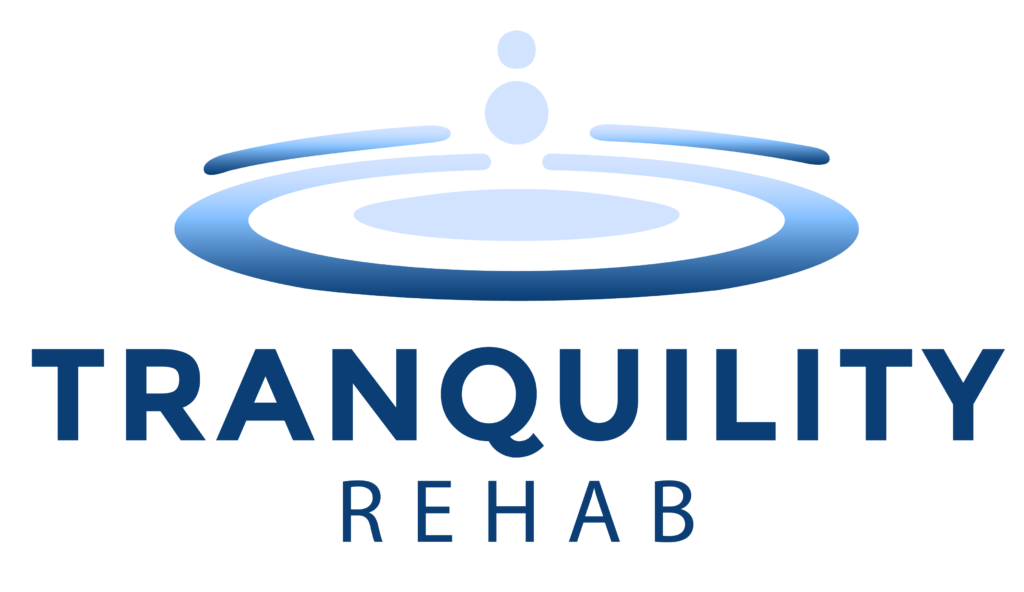The process of removing drugs or alcohol from the body is known as drug detoxification. detoxification is an essential first step in the recovery process, there can also have a side effect of detox and an uncomfortable experience. It entails discontinuing drug use and controlling any potential withdrawal symptoms. These symptoms may be physical, mental, or a combination of both.
Drug withdrawal symptoms are typically experienced when someone quits using drugs. These symptoms can range in severity from mild to severe, and managing them without medical assistance can be challenging. The type of drug used, how long it was used, the dose, and the person’s general health all play a role in the intensity and duration of withdrawal symptoms.
We’ll talk about the negative effects of drug detoxification in California and typical withdrawal symptoms in this blog post. We will also offer advice on how to control these symptoms and raise the likelihood of a full recovery.
Side Effects of Detoxification of Drugs
The following are the most common side effects of detoxification in California:
1: Nausea and Vomiting
The side effects of detox drugs in California can include nausea and vomiting. When someone uses drugs for a long time, their body develops a physical dependence on the drug. Their body adjusts to the drug’s absence when they abruptly cease using it, resulting in withdrawal symptoms including nausea and vomiting.
A feeling of nausea is an uneasy feeling in the stomach that may be followed by a desire to vomit. Vomiting is the process of pushing the contents of the stomach into the mouth. Both of these symptoms can be excruciatingly unpleasant and impair a person’s ability to consume food or liquids.
During drug detoxification, the type of substance used, how long it was used, and how much was used can all affect how severe nausea and vomiting are. Some people may experience minor nausea and vomiting that lasts only a few days, while others may experience more severe nausea and vomiting that lasts for several weeks.
2: Headaches
Another typical side effect of detox is headaches. Changes in the body’s chemical balance and blood flow can both contribute to them. Headaches can range in severity from moderate to severe, and they can be challenging to treat on your own. Taking over-the-counter painkillers may help to reduce the symptoms, but it’s vital to consult a doctor first because sometimes there could be a chance of detox pill side effects.
3: Tiredness and Fatigue
Common side effects of drug detoxification include tiredness and fatigue. An individual who stops using drugs may experience a variety of physical and emotional symptoms while their body goes through the withdrawal process. One of the most prevalent physical signs of drug detoxification is fatigue.
The natural processes of the body are changed by drug usage, and the brain adjusts to the drug’s presence. When someone stops using drugs, their body must change to function without the substance. There may be physical and mental exhaustion as a result of this transition.
Depending on the type of drug taken, how long it was used, and how much, the degree of exhaustion and lethargy experienced during drug detoxification might vary. Depending on the person, fatigue and exhaustion may be minor for a few days for some people and more severe for a few weeks for others.
4: Perspiration and colds
Other typical side effects of detoxification include sweating and chills. Changes in the body’s temperature control system may be the root cause of these symptoms. During the detoxification process, it’s crucial to stay hydrated and maintain a comfortable body temperature.
5: Digestion Issues
Drug detoxification in California frequently has side effects like diarrhea, constipation, and abdominal pain. Changes in the digestive system and gut flora may be the source of these symptoms. Keeping a nutritious diet and staying hydrated is crucial during the detoxification process.
6: Skin Problems
Here are a few skin conditions that may develop as a result of drug detoxification:
Rashes: One frequent adverse effect of drug detoxification is rashes. They may result from the body’s response to the abrupt removal of the chemical to which it has grown used. The rash may be unpleasant, itchy, and red. Depending on the chemical and the person, the rash’s severity can change.
Acne: it is a typical skin issue that might appear while a person is going through drug withdrawal. Acne can get worse due to stress and other components of drug detoxification. Stress and other aspects of drug detoxification can make acne worse. Acne is brought on by changes in the body’s hormone levels.
Dry Skin: Dry skin is another common skin condition that might emerge during drug detoxification. This may be brought on by the body losing fluids during detoxification, as well as adjustments to the hormone levels. Itching and flaking from dry skin can be unpleasant.
Sweating excessively: Excessive sweating is a typical side effect of drug detox. Changes in hormone levels and adjustments to the body’s temperature control system may be to blame for this. In addition to being uncomfortable, excessive perspiration can result in skin issues including rashes and acne.
Hives: During drug detoxification, the skin may develop raised, red, itching lumps. They may be brought on by an adverse reaction to drugs used during detoxification or to the detoxification process itself.
Skin infections: Skin infections may appear during drug detoxification if the skin is irritated or the detoxification process weakens the immune system. If left untreated, infections from bacteria, viruses, or fungi can become dangerous.
Itching: It is a typical side effect of drug detoxification and has a variety of possible causes. The body’s hormone levels or temperature control system may fluctuate, or it may occur as a side effect of some drugs.
Symptoms of Withdrawal Depression and anxiety
When someone stops using drugs, common withdrawal symptoms including anxiety and depression may occur. Changes in the brain’s chemical composition may be the source of these symptoms, which can be challenging to treat without a doctor’s assistance. If you experience these symptoms, it’s crucial to consult a physician or mental health expert.
Insomnia
Another typical withdrawal symptom that people may encounter when they quit using drugs is insomnia. Changes in the brain’s chemical balance may be the source of this symptom, which can be challenging to treat without a doctor’s assistance. During the detoxification process, it’s crucial to create a regular sleep routine and adopt proper sleep hygiene.
Joint and muscle pain
People who cease using drugs frequently experience withdrawal symptoms of muscle and joint discomfort. Both physical withdrawals from the substance and changes in the body’s chemical composition might result in these symptoms. Taking over-the-counter painkillers may help to reduce the symptoms, but it’s vital to consult a doctor first.
Delusional states
Though less frequent, hallucinations can still happen to some people who cease using drugs. Changes in the brain’s chemical composition may be the origin of these symptoms, which, if not treated properly, can be harmful. If you suffer hallucinations while going through the detoxification process, it’s crucial to get medical help right once.
Conclusion
Although drug detoxification and withdrawal symptoms can be uncomfortable, it’s vital to keep in mind that they are only temporary. It is possible to beat addiction and begin living a healthy, drug-free life with the aid of medical professionals and support from loved ones. If you or someone you know is struggling with addiction, don’t hesitate to seek help. Tranquility Rehab Center in California provides addiction treatment programs and support groups.


